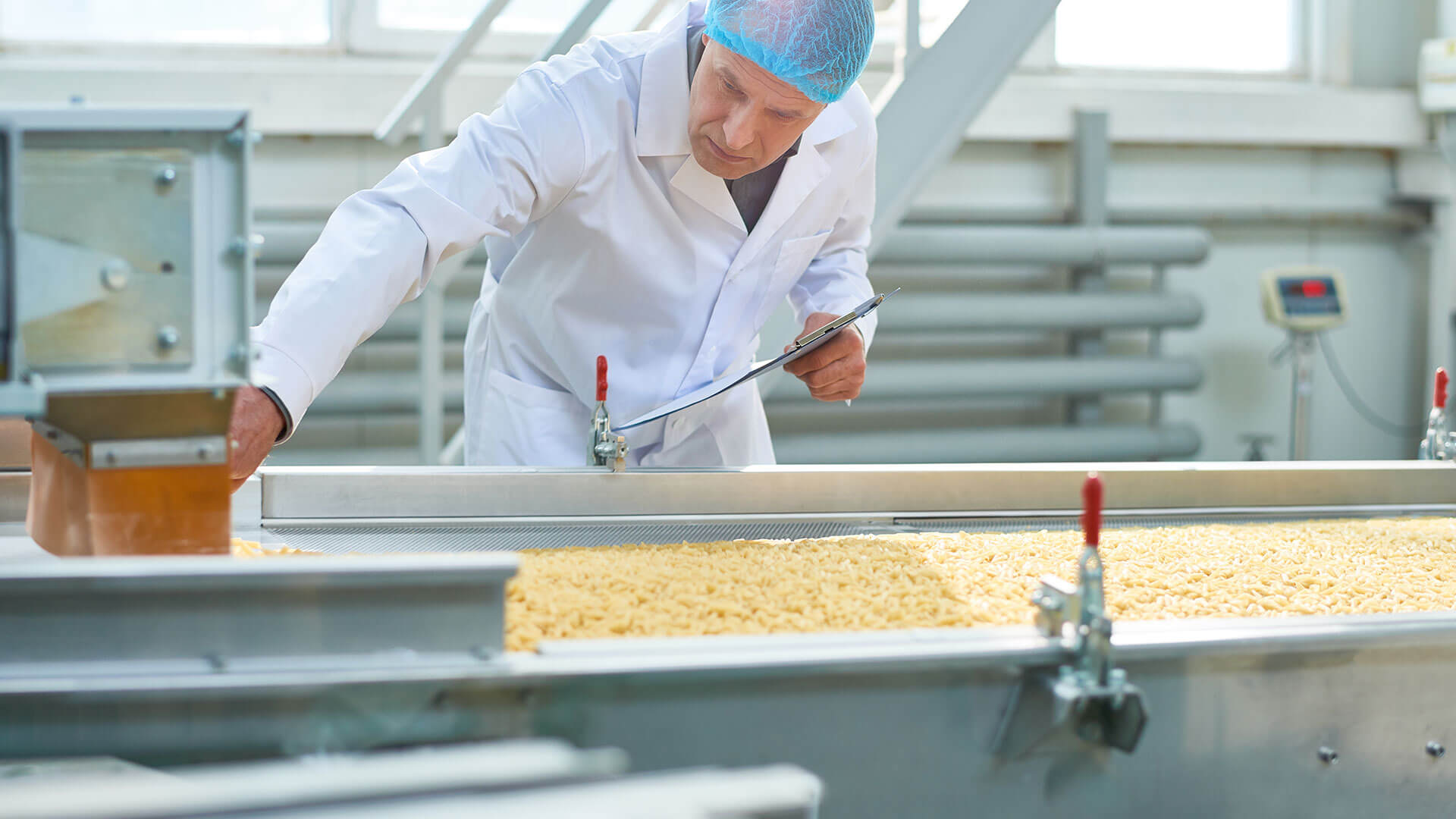Stainless steel is known for its use in countless industries. These are all grades of steel that contain at least 10.5% chromium. At the beginning of the last century, it was discovered that by adding these few amounts of chromium to steel, it did not present iron oxide, because chromium binds to oxygen in the air to form a thin transparent film of chromium oxide that is known as a layer. passive. An extremely relevant characteristic of this protective layer is its self-repair capacity. In the places where the stainless steel, for different reasons, is exposed, the chromium III oxide layer is formed again.
Types of Stainless Steel
The different types of stainless steels are classified according to their composition, properties and qualities; and in turn these are chosen according to the specific application that is going to be given.
At the same time there are different types of grading of stainless steel, the most used being SAE, developed jointly by SAE (Society of Automotive Engineers) and AISI (American Iron and Steel Institute), and the European standard EN 10088.
There are many types of stainless steel as well as their applications. In general terms, they can be classified into three large groups according to the elements that compose them: martensitic, ferritic and austenitic. The first, martensitic, contains 10.5% to 18% chromium and 1.2% carbon. In contrast, ferritic steels contain at least 16% chromium and 0.12% carbon. Finally, the austenitics contain chromium from 16% to 26% and their carbon content is kept low at 0.03%. Within this last group is AISI 304, known for being the most widely used in the food industry. At ABREU we mainly use this steel in our products, which contains approximately 0.05% carbon, 18% chrome and 8% nickel. We also use AISI 316, to which 1% to 2% molybdenum is added to increase its resistance to corrosion and high temperatures.
Main benefits of Stainless Steel
Stainless steel is chosen in the food industry as it provides the following benefits:
- Corrosion resistant.
- Resistant to temperature variations.
- Surface is compact, not rough.
- Shock and stress resistant.
- It does not contribute particles by detachment.
- It has a high degree of bacteria elimination.
Stainless steel and bacteria
The high degree of elimination of bacteria from its cleaning places it in second place, in relation to other materials also destined for industrial food applications. This makes it one of the materials par excellence for this industry.
Surviving bacteria after cleaning surfaces in contact with aged milk.
| Surface | Contact count per cm2 |
|---|---|
| Glass | 0,4 |
| Stainless steel | 2,3 |
| Vitreous enamel | 2,3 |
| Aluminum | 4,0 |
| Polystyrene | 8,9 |
| Enamel | 15,8 |
| Laminated plastic | 26,2 |
| Wood | 39,0 |
| Polystyrene | 48,5 |
Regulations
The vast majority of food regulations worldwide, including the US FDA (Food and Drug Administration) el Regulation 21935/2004/CE of the European Union and ANMAT in Argentina, incorporate stainless steel as one of the approved materials. to be used in the elaboration of products within these industries.
At ABREU, we work in response to market demands and in search of constant innovation. Our products and solutions take advantage of the benefits of stainless steel to bring them closer to your industry. Do not hesitate to make your query to incorporate greater efficiency and safety into your production processes.
